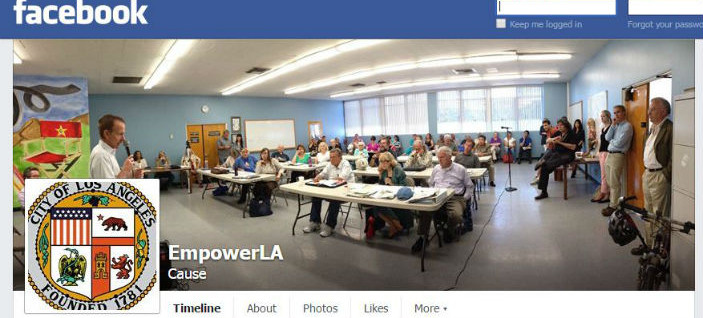By now, most organizations have started to use Facebook as an outreach tool to engage with their stakeholders, branch out to stakeholders’ networks, and connect with other similar organizations. It can also help you organize events, convey important news and information, and collect input and ideas from stakeholders. Here are some tips for making the most of your Facebook page.
Invest in good design
Graphics are the first thing people notice, so take the time and effort to put together an attractive, eye-catching design for your Facebook page and cover photo. It can go a long way toward enticing visitors to stay and browse further.
Update your page frequently
If you decide to use Facebook, make sure you update your page frequently. An out-of-date page will make you appear inactive, even if you’ve been doing some great work. Show off your community projects and events with photos and flyers, but also remember to post meeting updates, agendas, or anything else you want your stakeholders to be aware of. Even if it’s just a reminder of your next board meeting, maintaining an updated page will let people know that you are active in engaging and communicating with your neighborhood.
Use Facebook events, and allow people to “check in” to your events
Create Facebook events so that people can RSVP and share events with their networks. Allowing them to “check in” at a physical location will also encourage people to publicize the event, tag photos, and create a buzz around it.
Schedule posts on weekend mornings
People tend to read their Facebook feeds on Saturday and Sunday mornings. Using a scheduling application such as HootSuite or Facebook’s native scheduling tool, you don’t have to be at your computer every weekend morning — just schedule the posts ahead of time, and you’ll pop up on you
r fans’ newsfeed at the optimal time.
Link to your Facebook page everywhere else
Make it a rule of thumb to link all of your social media sites, blogs, and websites to each other with links or icons located somewhere on the page. Remember to also include them in every email you send. By providing access to different types of engagement platforms, you can cover all your bases and cater to all kinds of users.
Enable direct messages
Let people send you messages directly (and remember to answer them!). In addition to letting your stakeholders feel a more personal connection, you will also avoid the clutter of too many basic questions being asked on your Facebook wall that could obscure event noticed and important updates.
Use the “Pin to Top” function
Facebook allows you to highlight important posts by “pinning” them to the top of the page. Use this function for important news and events to keep them on stakeholders’ minds.
Post lots of photos!
This one is self-explanatory. Post attention-grabbing photos from your events and meetings to show what you’re up to. Take lots of photos at events. Ideally, have a designated photographer — it doesn’t have to be a pro, but having a volunteer who focuses exclusively on photographing the event can help you get some great shots. Spend time choosing the photos that best illustrate the excitement and engagement at the event.
Note: infographics are also a great way to convey information in an interesting and effective way. Consider creating infographics and flyers instead of using just text for certain announcements.
Turn on “Similar Page” suggestions
This will allow people to find your page by seeing it as a suggestion of pages they might be interested in. It will give you increased exposure, and is becoming an increasingly common way to gain new “likes.”

